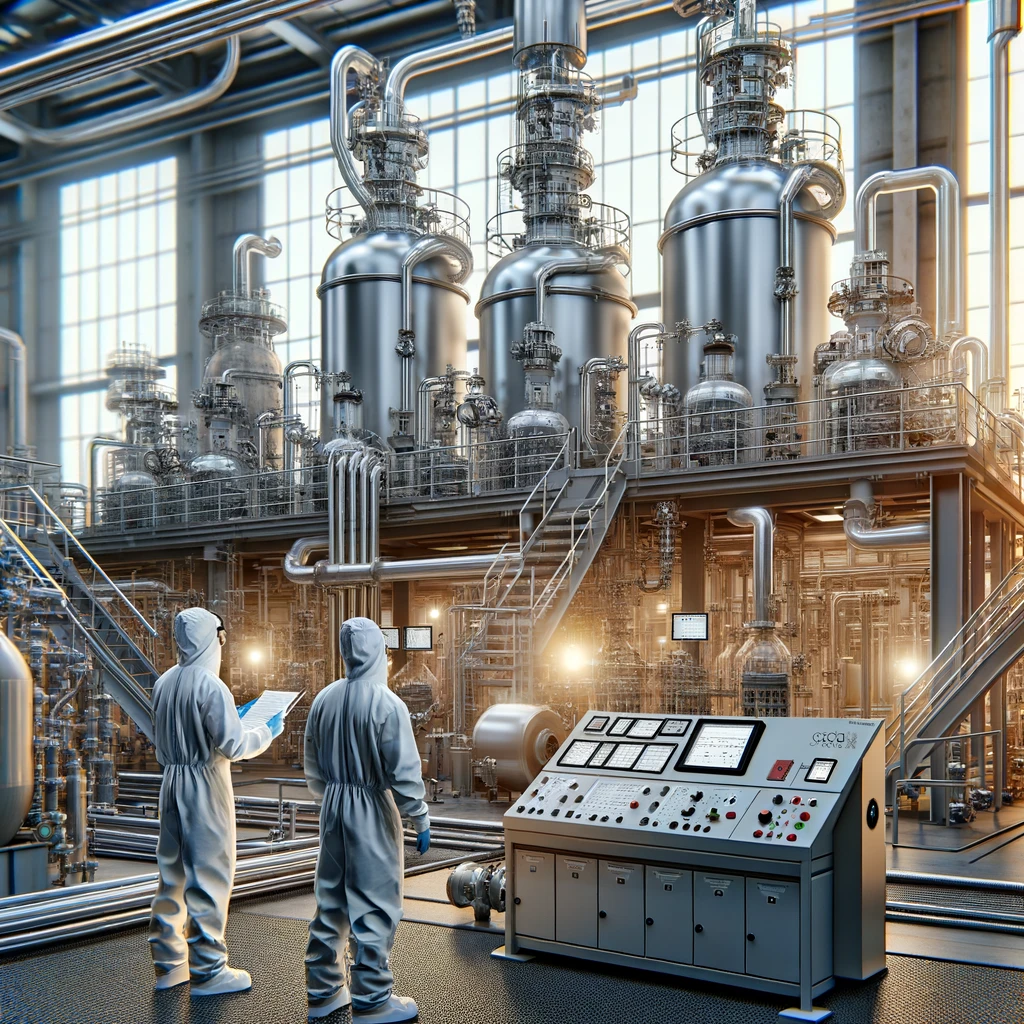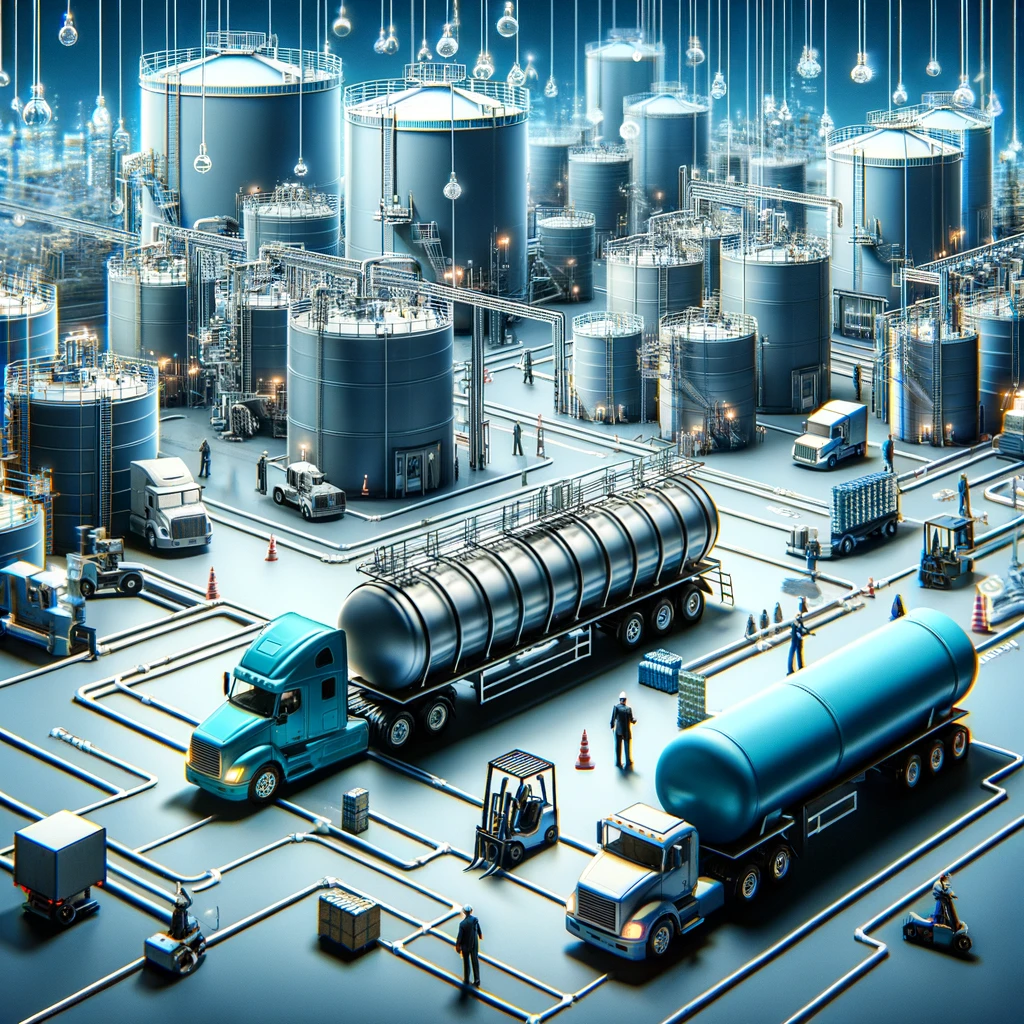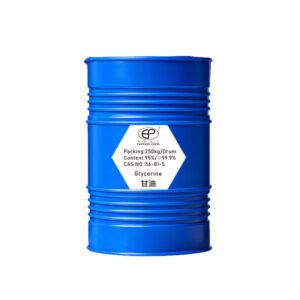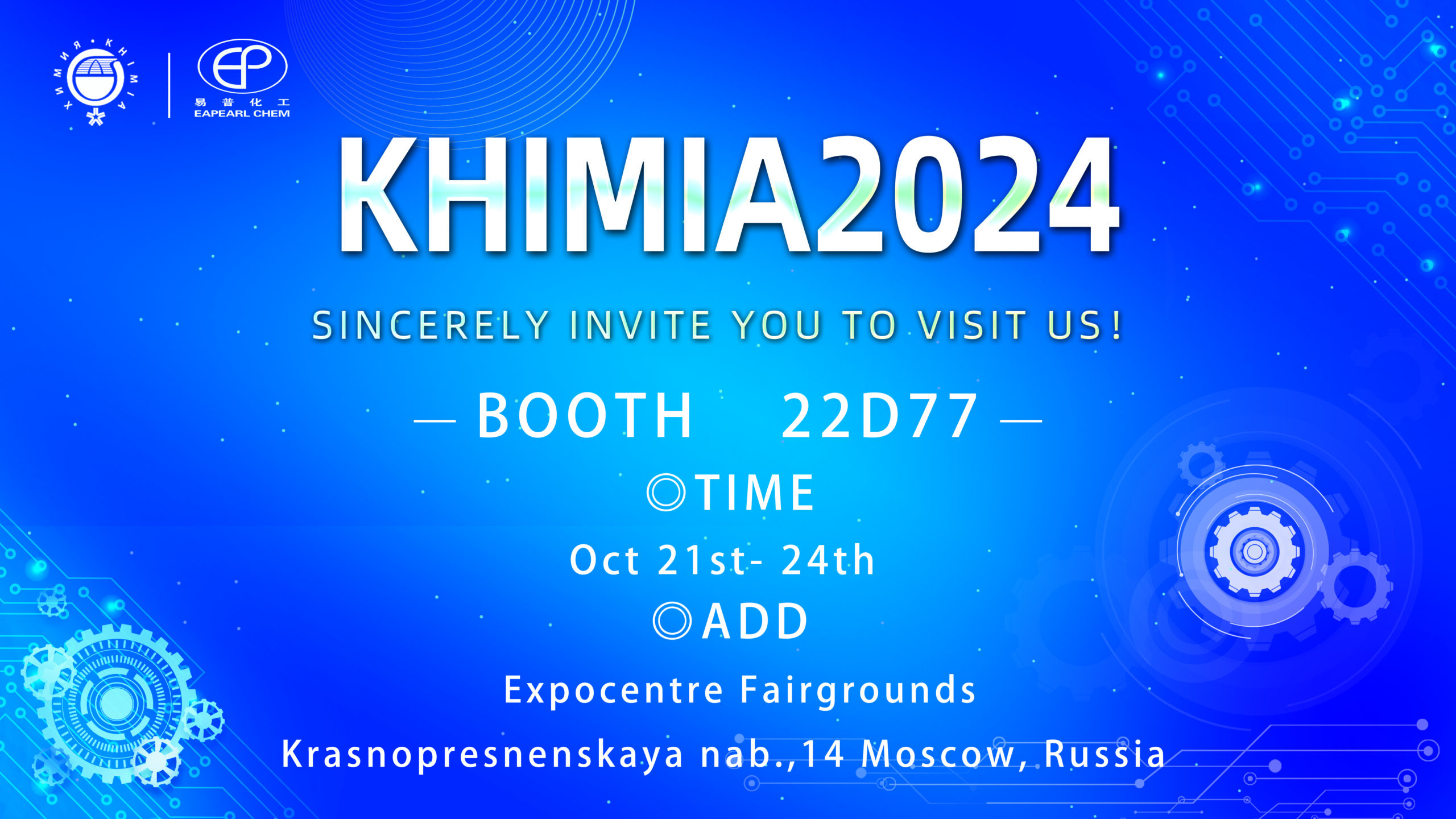

In the highly competitive PVC resin market, the integrity of your product begins with the purity of your solvents. Impurities in chemical solvents are more than a mere inconvenience; they are a formidable adversary in the quest for high-quality resin. These contaminants can wreak havoc on your production process, leading to compromised product quality, increased waste, and customer dissatisfaction.
To mitigate the impact of solvent impurities on PVC resin production, it’s crucial to understand the types of contaminants, their potential sources, and how they can affect polymerization and end-product properties. Implementing stringent quality control measures and sourcing from reputable suppliers can significantly diminish the risks associated with solvent impurities.
Keeping your production at its peak efficiency requires vigilance against the insidious threat of impurities. Let’s delve into the hidden dangers lurking within sub-par solvents and uncover strategies to safeguard your resin quality.
- How Do Impurities End Up in Chemical Solvents?
- Could Your Solvent Supply Chain Be the Culprit of Contamination?
- What Are the Most Common Impurities Found in Solvents Used for PVC Resin?
- How Can Trace Impurities Affect the Polymerization Process of PVC Resin?
- What Impact Do Solvent Impurities Have on the Physical Properties of PVC Resin?
- Are There Industry Standards for Solvent Purity in PVC Resin Manufacturing?
- How Can You Test for Impurities in Your Solvents?
- What Are the Best Practices for Solvent Storage to Prevent Contamination?
- Can Recycled Solvents Be as Pure as Virgin Solvents for PVC Production?
- How Does the Purity of Solvents Influence the Overall Cost-Efficiency of PVC Resin Production?
How Do Impurities End Up in Chemical Solvents?
Contamination of chemical solvents can occur at any stage, from production to application. During synthesis, incomplete or side reactions may introduce organic or inorganic byproducts. Post-synthesis, the purification process may not be exhaustive, leaving residual contaminants. During transit, solvents are susceptible to ingress from environmental pollutants or cross-contamination from improper handling and storage practices. Thus, rigorous monitoring and adherence to stringent protocols during manufacturing, transportation, and storage are imperative to ensure the purity of solvents.
Could Your Solvent Supply Chain Be the Culprit of Contamination?
The solvent supply chain is a complex network; each node presents potential contamination risks. From the moment solvents are synthesized until they reach our production facilities, numerous exchanges and transfers can introduce impurities. Manufacturers may inadvertently add contaminants during the synthesis or purification stages. During transit, solvents are vulnerable to contamination from previous cargo in tanks and containers, especially if not properly cleaned. Storage practices before delivery can also contribute, with exposure to different temperatures, humidity, and uncontrolled environments leading to degradation or reaction with other stored chemicals. Therefore, a comprehensive audit of the supply chain, emphasizing the practices of suppliers and logistics partners, is crucial to identifying and mitigating these risks. Only through strict supplier selection, precise contractual quality requirements, and rigorous incoming inspection protocols can the risk of supply chain-induced contamination be minimized.


What Are the Most Common Impurities Found in Solvents Used for PVC Resin?
Typical impurities in solvents utilized for PVC resin range from residual water and organic materials to inorganic salts and heavy metals. These contaminants can arise from various sources, including but not limited to substandard raw materials, inadequate purification, and environmental exposure. These impurities can lead to heterogeneous polymerization, affecting the molecular weight distribution and potentially resulting in unpredictable mechanical properties in the final product. Therefore, identifying and controlling the levels of these impurities is critical for maintaining the quality and consistency of PVC resin.
How Can Trace Impurities Affect the Polymerization Process of PVC Resin?
Trace impurities in the polymerization milieu can profoundly affect the reaction mechanism and kinetics, leading to polymer structure and properties variations. For example, moisture can act as a plasticizer, altering the polymer’s glass transition temperature. At the same time, acidic or basic impurities can catalyze dehydrochlorination or discoloration. Metal ions, even in trace amounts, can induce early degradative processes, compromising the thermal stability of the PVC resin. Therefore, controlling trace impurities is paramount to achieving a robust and reproducible polymerization process.
What Impact Do Solvent Impurities Have on the Physical Properties of PVC Resin?
Solvent impurities can critically alter the physical properties of PVC resin. Variations in the resin due to impurities can manifest as clarity, color, and material strength defects, detrimental to applications requiring high optical or mechanical performance. Furthermore, pollutants may affect the processing behavior of the resin, influencing parameters such as melt viscosity and fusion characteristics, which are critical for processing operations like extrusion and molding. Consistent quality control and high-purity solvents are essential to maintain the desired physical properties of the resin.
Are There Industry Standards for Solvent Purity in PVC Resin Manufacturing?
The PVC resin industry is governed by a series of stringent standards that dictate solvent purity requirements. These standards, established by organizations such as ASTM and ISO, are designed to ensure that the solvents used in the production process do not introduce unacceptable levels of impurities that could compromise the quality of the resin. These guidelines are comprehensive, covering a range of potential contaminants, and are regularly updated to reflect advancements in analytical techniques and production technologies. Adherence to these standards is critical for manufacturers to produce high-quality resins and to remain competitive in the global market.


How Can You Test for Impurities in Your Solvents?
Testing for impurities requires a robust analytical strategy. Typically, this involves a combination of spectroscopic and chromatographic techniques. Gas chromatography, often coupled with mass spectrometry (GC-MS), is a powerful tool for identifying organic volatile impurities. High-performance liquid chromatography (HPLC) is used for non-volatile organics. Ion chromatography can detect ionic contaminants such as halides, sulfates, and metal ions. Fourier-transform infrared spectroscopy (FTIR) can be employed for comprehensive analysis to identify functional groups and characterize solvent structures. To ensure accurate results, it’s essential to use calibration standards and validated methods. Regular maintenance and calibration of analytical equipment are also necessary to prevent false readings or oversight of contaminants. A rigorous quality control regimen, with batch-to-batch testing, ensures that any deviations from purity standards are detected promptly and addressed.
What Are the Best Practices for Solvent Storage to Prevent Contamination?
Adequate solvent storage is critical to prevent contamination. Solvents should be stored in a dedicated, controlled environment where temperature and humidity are regulated to avoid introducing moisture or facilitating unwanted reactions. Containers should be made of materials that do not react with the solvent, such as certain plastics or stainless steel for aggressive solvents. They should be well-sealed to prevent ingress of atmospheric moisture or gases. They should be clearly labeled to avoid cross-contamination through human error. Inventory should be managed on a first-in-first-out basis to prevent long-term degradation. Regularly inspecting storage containers and areas for signs of corrosion, leaks, or breaches is also essential. By implementing these best practices, the quality of solvents can be maintained from the point of manufacture to their end of use in PVC resin production.
Can Recycled Solvents Be as Pure as Virgin Solvents for PVC Production?
Recycled solvents have become increasingly viable in PVC production due to advances in purification technology. Through processes such as fractional distillation, filtration, and adsorption techniques, recycled solvents can achieve purity levels comparable to virgin materials. However, the efficacy of these processes depends on the nature of the impurities and the specific recycling technology used. Manufacturers must verify the purity of recycled solvents against the same rigorous standards applied to virgin solvents. This often involves a whole battery of tests to ensure that the recycling process has not introduced new impurities or left residues that could affect the quality of the PVC resin. With the proper technology and testing, recycled solvents can match the purity of virgin solvents and contribute to the sustainability and cost-effectiveness of the production process.
How Does the Purity of Solvents Influence the Overall Cost-Efficiency of PVC Resin Production?
The purity of solvents is directly proportional to the cost-efficiency of PVC resin production. High-purity solvents reduce the risk of process interruptions due to the formation of off-specification products, which can incur additional costs for reprocessing or disposal. They also ensure consistent processing conditions, reducing variability and enhancing yield. Impure solvents can lead to catalyst deactivation, increased energy consumption, and extended reaction times, all of which diminish production efficiency. Additionally, high-purity solvents can reduce wear and tear on equipment, lowering maintenance costs and prolonging equipment life. Therefore, investing in high-purity solvents can lead to significant long-term savings by optimizing production performance and reducing the costs associated with quality control failures.
In conclusion, the presence of impurities in chemical solvents is not just a minor setback; it’s a pivotal factor determining the success or failure of your PVC resin production. By prioritizing solvent purity, you are improving product quality and your reputation as a reliable supplier in the B2B marketplace. Remember, in the world of PVC resin, the slightest impurity can have the most significant impact. As a savvy industry player, your proactive steps toward purity can make all the difference in securing a dominant position in the market.








